Home>Furniture & Design>Interior Design Trends>How To Make Fused Glass
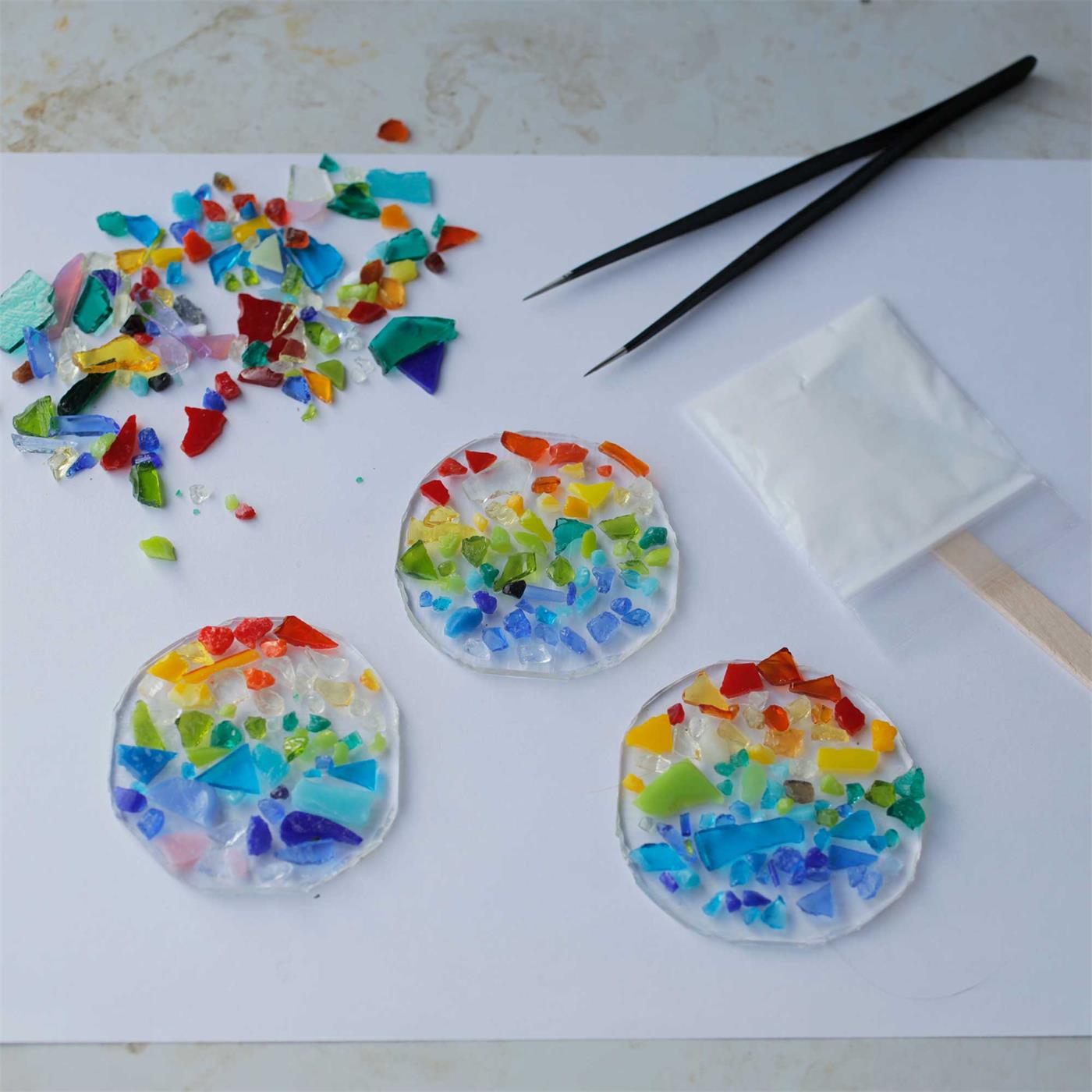

Interior Design Trends
How To Make Fused Glass
Modified: February 18, 2024
Learn how to create stunning fused glass pieces for your interior design projects. Discover the latest interior design trends and techniques for crafting beautiful fused glass art. Unlock the potential of fused glass in interior design.
(Many of the links in this article redirect to a specific reviewed product. Your purchase of these products through affiliate links helps to generate commission for Storables.com, at no extra cost. Learn more)
Introduction
Fused glass art has gained immense popularity in recent years, captivating enthusiasts with its mesmerizing beauty and endless creative possibilities. This captivating art form involves melting and fusing different pieces of glass together to create stunning and unique artworks. Whether you're a seasoned artist or a beginner looking to explore a new creative outlet, the world of fused glass offers a wealth of opportunities to unleash your imagination and craft exquisite pieces that reflect your personal style.
The allure of fused glass lies in its versatility and the ability to experiment with a wide range of colors, textures, and shapes. From vibrant, translucent hues to striking opaque tones, the spectrum of possibilities is truly boundless. Whether you're drawn to the delicate intricacies of jewelry-making or the bold statements of larger-scale artworks, fused glass provides a medium through which you can express your artistic vision with unparalleled depth and dimension.
As you embark on your journey into the realm of fused glass, you'll discover a rich tapestry of techniques and methods that allow you to bring your creative visions to life. From the initial selection of glass to the intricate firing and annealing processes, each step presents an opportunity to delve deeper into the art form and refine your skills. Whether you're drawn to the precision of intricate patterns or the organic fluidity of abstract designs, fused glass empowers you to explore a myriad of artistic expressions.
Moreover, the process of creating fused glass art is not only a deeply rewarding artistic endeavor but also a therapeutic and meditative practice. The rhythmic process of cutting, arranging, and layering glass pieces can be a calming and immersive experience, allowing you to disconnect from the hustle and bustle of everyday life and immerse yourself in the creative flow.
In the following sections, we will delve into the essential aspects of working with fused glass, from selecting the right materials and tools to mastering fundamental and advanced techniques. Whether you're a novice eager to embark on your first fused glass project or an experienced artist seeking to expand your repertoire, this comprehensive guide will equip you with the knowledge and inspiration to embark on a captivating journey into the world of fused glass art.
Key Takeaways:
- Unleash Your Creativity with Fused Glass Art
Discover the captivating world of fused glass art, where you can explore vibrant colors, intricate designs, and therapeutic creative processes. Embrace experimentation and immerse yourself in the boundless possibilities of this mesmerizing art form. - Master the Art of Fused Glass Techniques
From basic glass cutting to advanced kiln carving, delve into a world of precision and innovation. Explore the interplay of colors, textures, and sculptural elements to create captivating and enduring fused glass masterpieces.
Read more: What Is Glass Fusing
Getting Started with Fused Glass
Embarking on a journey into the captivating world of fused glass art is an exhilarating endeavor that opens the door to a realm of boundless creativity and artistic expression. Whether you're a seasoned artist or a novice enthusiast, the process of getting started with fused glass begins with a sense of curiosity and a willingness to explore the endless possibilities that this art form offers.
The first step in your fused glass journey involves familiarizing yourself with the fundamental principles and techniques that form the foundation of this art form. Understanding the characteristics of glass, such as its behavior during the heating and cooling processes, is crucial in creating successful fused glass artworks. Additionally, gaining insight into the various types of glass, including transparent, opaque, and specialty glasses, will provide you with a solid foundation for your creative endeavors.
As you delve into the world of fused glass, it's essential to equip yourself with the necessary knowledge and skills to ensure a smooth and fulfilling artistic experience. Familiarizing yourself with the tools and equipment used in fused glass art, such as glass cutters, kilns, and safety gear, will empower you to approach your projects with confidence and precision.
Moreover, exploring the diverse range of techniques, from basic glass cutting and assembly to more advanced methods such as kiln carving and glass slumping, will expand your creative repertoire and inspire you to experiment with different approaches to creating fused glass artworks.
In addition to technical knowledge, cultivating a keen eye for design and composition is essential in the realm of fused glass art. Understanding the principles of color theory, texture, and form will enable you to craft visually compelling and harmonious pieces that resonate with your artistic vision.
Furthermore, embracing a spirit of experimentation and open-mindedness is key to unlocking the full potential of fused glass art. Embracing the unexpected and allowing room for creative exploration will lead to breakthroughs and discoveries that elevate your artworks to new heights.
As you take your first steps into the world of fused glass, remember that the journey is as enriching as the destination. Embrace the learning process, celebrate your successes, and embrace the inevitable challenges as opportunities for growth and artistic evolution. With a curious mind and a passion for creativity, the world of fused glass art awaits, ready to unfold its wonders and endless possibilities before you.
Choosing the Right Glass
Selecting the right type of glass is a critical aspect of creating stunning fused glass artworks. The diverse range of glass options available offers artists a rich tapestry of colors, textures, and characteristics to explore. Understanding the properties of different types of glass is essential in achieving the desired aesthetic and structural integrity in fused glass projects.
1. Transparent Glass:
Transparent glass, known for its clarity and light-transmitting properties, is a popular choice for creating vibrant and luminous fused glass pieces. This type of glass allows light to pass through, resulting in captivating visual effects and dynamic color interactions. Artists often use transparent glass to achieve striking color combinations and captivating depth in their artworks.
2. Opaque Glass:
Opaque glass, with its solid and non-translucent nature, offers artists the opportunity to create bold and expressive fused glass pieces. This type of glass is ideal for crafting pieces with strong, vivid colors and distinct visual impact. Opaque glass lends itself well to creating dramatic contrasts and adding a sense of solidity to fused glass artworks.
3. Specialty Glass:
In addition to transparent and opaque options, specialty glass varieties, such as iridescent, dichroic, and textured glasses, open up a world of creative possibilities. Iridescent glass exhibits a captivating play of colors and reflections, adding a touch of enchantment to fused glass creations. Dichroic glass, renowned for its iridescent and reflective properties, introduces an element of intrigue and complexity to artworks. Textured glass, with its tactile surface and visual depth, offers artists the opportunity to incorporate intricate patterns and tactile elements into their fused glass pieces.
4. Compatibility and COE:
When selecting glass for fused glass projects, ensuring compatibility between different types of glass is crucial to avoid potential cracking or incompatibility issues during the fusing process. Coefficient of Expansion (COE) values play a significant role in determining the compatibility of glass types. Matching the COE of various glass pieces ensures that they expand and contract uniformly during the heating and cooling phases, minimizing the risk of stress and breakage.
By carefully considering the unique characteristics and potential interactions of different types of glass, artists can curate a palette of materials that aligns with their artistic vision and technical requirements. The thoughtful selection of glass sets the stage for the creation of captivating fused glass artworks that embody the artist's creative expression and vision.
Tools and Equipment Needed
Embarking on a journey into the captivating world of fused glass art requires a comprehensive understanding of the essential tools and equipment that form the backbone of this creative endeavor. Equipping oneself with the right instruments not only ensures a smooth and efficient artistic process but also lays the groundwork for the realization of intricate and visually stunning fused glass artworks.
Glass Cutter:
A high-quality glass cutter is a fundamental tool for artists working with fused glass. It allows for precise and clean cuts, enabling the creation of intricate shapes and designs. Whether scoring straight lines or executing intricate curves, a reliable glass cutter is indispensable for achieving precision in glass cutting.
Read more: What Does A Blown Glass Fuse Look Like
Running Pliers:
Running pliers are designed to exert controlled pressure along a score line, facilitating the separation of glass pieces after scoring. This essential tool enables artists to cleanly and accurately break the glass along the intended lines, ensuring smooth and seamless edges for the assembled glass components.
Glass Grinder:
A glass grinder is a valuable asset in the fused glass artist's toolkit, offering the ability to refine and shape glass edges with precision. By utilizing a grinder, artists can smooth rough edges, adjust shapes, and achieve a perfect fit for glass pieces, enhancing the overall quality and visual appeal of their creations.
Kiln:
Central to the process of fusing glass, a kiln serves as the primary heat source for melting and fusing glass pieces together. Kilns come in various sizes and configurations, offering artists the flexibility to accommodate projects of different scales. Understanding the capabilities and nuances of kiln operation is essential for achieving desired fusing outcomes.
Safety Gear:
Working with glass entails potential risks, making the use of safety gear imperative. Safety glasses, gloves, and protective clothing are essential for safeguarding against glass shards and exposure to heat during the fusing process. Prioritizing safety ensures a secure and comfortable working environment for artists.
Read more: How To Replace Fuse In Extension Cord
Kiln Wash and Shelf Paper:
To prevent glass from sticking to kiln shelves during the firing process, kiln wash and shelf paper are utilized to create a protective barrier. These materials safeguard the kiln shelves and facilitate the smooth removal of fused glass pieces after firing, contributing to a seamless and efficient workflow.
Miscellaneous Tools:
Additional tools such as tweezers, brushes, and molds play a crucial role in executing specific techniques and achieving desired effects in fused glass art. From manipulating glass components to creating intricate patterns and textures, these miscellaneous tools enhance the versatility and creative potential of the artist's toolkit.
By assembling a comprehensive array of tools and equipment, artists can embark on their fused glass endeavors with confidence and preparedness, setting the stage for the realization of captivating and meticulously crafted artworks. Each instrument plays a vital role in the artistic process, empowering artists to explore the boundless potential of fused glass artistry and bring their creative visions to life with precision and finesse.
Basic Fused Glass Techniques
Mastering basic fused glass techniques forms the cornerstone of a fused glass artist's skill set, laying the groundwork for the creation of captivating and visually striking artworks. These fundamental techniques encompass a range of essential processes that enable artists to manipulate and fuse glass with precision and creativity.
Glass Cutting and Assembly
The process of glass cutting is a fundamental skill that underpins the creation of fused glass artworks. Artists use glass cutters to score and separate glass sheets into desired shapes and sizes, allowing for the assembly of intricate designs and compositions. Whether crafting geometric patterns, organic forms, or abstract motifs, the ability to cut and arrange glass pieces with precision is essential in realizing the artist's creative vision.
Read more: How Does A Fuse Protect A Toaster
Layering and Fusing
Layering glass components to create depth and dimension is a key technique in fused glass art. By strategically arranging different glass pieces, artists can achieve captivating visual effects and dynamic color interactions within their artworks. The process of fusing layered glass involves subjecting the assembled pieces to controlled heat in a kiln, allowing them to melt and fuse together while retaining their individual characteristics. This technique enables artists to explore the interplay of transparency, opacity, and color, resulting in visually compelling and harmonious compositions.
Inclusion and Embellishment
Incorporating inclusions and embellishments adds a layer of complexity and visual interest to fused glass artworks. Artists can integrate various materials, such as metal foils, glass frit, and decorative elements, into their glass compositions, enhancing texture and creating captivating focal points within the pieces. The inclusion of these elements introduces a dynamic interplay of light and shadow, enriching the overall aesthetic and tactile qualities of the fused glass artworks.
Slumping and Shaping
Slumping, also known as glass bending, involves the process of shaping fused glass pieces by allowing them to conform to a mold or form during the fusing process. This technique enables artists to introduce curvature, contours, and three-dimensional forms into their creations, adding a sculptural dimension to the fused glass artworks. By utilizing molds of varying shapes and sizes, artists can explore the potential for creating functional art pieces, such as bowls, plates, and sculptural elements, through the art of slumping.
Coldworking and Finishing
Coldworking techniques, including grinding, polishing, and etching, play a crucial role in refining and finishing fused glass artworks. Artists use glass grinders and polishing tools to smooth and shape glass edges, ensuring a flawless and professional finish. Additionally, etching and surface treatments allow for the creation of intricate textures and visual effects, adding depth and character to the finished pieces.
Mastering these basic fused glass techniques empowers artists to explore the boundless potential of the medium, enabling them to create captivating and meticulously crafted artworks that reflect their artistic vision and technical proficiency. These foundational techniques serve as a springboard for further artistic exploration and experimentation, laying the groundwork for the development of advanced skills and innovative approaches in the realm of fused glass artistry.
Read more: How To Make Glass Into Mirror
Advanced Fused Glass Techniques
Exploring advanced fused glass techniques opens up a realm of artistic possibilities, allowing artists to push the boundaries of creativity and craftsmanship. These sophisticated methods build upon the foundational skills of fused glass artistry, offering artists the opportunity to delve into intricate processes and innovative approaches that elevate their artworks to new levels of complexity and visual allure.
Reactive Glass Combinations
One of the advanced techniques that captivate fused glass artists is the use of reactive glass combinations. Reactive glasses contain metallic elements that interact with each other during the fusing process, resulting in stunning color variations and dynamic effects. By strategically layering and combining reactive glass types, artists can orchestrate mesmerizing chemical reactions within their artworks, yielding intricate patterns, iridescence, and captivating visual depth. The interplay of reactive glasses introduces an element of unpredictability and alchemy, adding a sense of intrigue and complexity to fused glass compositions.
Kiln Carving and Relief Techniques
Kiln carving and relief techniques offer artists the means to introduce sculptural elements and intricate textures into their fused glass pieces. By strategically manipulating the glass surface and utilizing specialized molds, artists can create relief patterns, contours, and three-dimensional forms within their artworks. The process involves carefully controlling the heat and pressure within the kiln, allowing the glass to conform to the contours of the mold and assume sculptural qualities. Kiln carving and relief techniques enable artists to imbue their fused glass creations with a sense of depth, tactility, and sculptural elegance, expanding the expressive potential of the medium.
Pattern Bars and Murrine
Pattern bars and murrine techniques involve the creation of intricate glass rods or canes, which are then sliced and incorporated into fused glass compositions. Artists meticulously layer and fuse these patterned elements to produce elaborate designs, geometric patterns, and visual motifs within their artworks. The process of crafting pattern bars and murrine demands precision and attention to detail, as it involves the manipulation of glass at a miniature scale. The resulting fused glass pieces showcase a symphony of intricate patterns and visual complexity, demonstrating the artist's mastery of precision and craftsmanship.
Read more: How To Make A Glass Terrarium
Vitrigraph and Glass Stringer Manipulation
Vitrigraph and glass stringer manipulation techniques offer artists a unique avenue for creating fluid and organic forms within their fused glass artworks. Vitrigraph involves pulling molten glass through a specialized kiln apparatus, resulting in sinuous and fluid glass strings with captivating visual appeal. These glass strings, known as stringers, can be manipulated and arranged to create flowing lines, delicate tendrils, and organic shapes within fused glass compositions. The process of vitrigraph and stringer manipulation allows artists to infuse their artworks with a sense of movement, rhythm, and organic fluidity, adding a dynamic and expressive dimension to their creations.
By delving into these advanced fused glass techniques, artists can expand their creative repertoire and unlock new avenues for artistic expression. These sophisticated methods not only showcase the technical prowess and ingenuity of the artist but also imbue fused glass artworks with a sense of depth, complexity, and visual intrigue. Embracing advanced techniques empowers artists to push the boundaries of fused glass artistry, fostering a spirit of innovation and artistic evolution within the captivating realm of fused glass.
Firing and Annealing
Firing and annealing constitute pivotal stages in the process of creating fused glass artworks, playing a crucial role in transforming individual glass components into cohesive and durable pieces of art. Understanding the nuances of these processes is essential for achieving successful fusing outcomes and ensuring the structural integrity of the finished artworks.
Firing Process
The firing process involves subjecting the assembled glass components to controlled heat within a kiln, allowing them to melt and fuse together. This transformative stage requires precision and careful temperature management to achieve the desired fusing results. Artists meticulously plan the firing schedule, taking into account factors such as glass compatibility, thickness, and the desired visual effects.
During the initial stages of firing, the kiln temperature gradually rises to a specific range, known as the "ramp," allowing the glass to reach a uniform temperature and begin the process of softening and fusing. As the temperature reaches the "soak" phase, the glass components meld together, creating seamless bonds while retaining their individual characteristics. The duration of the soak phase is meticulously determined based on the specific glass types and project requirements, ensuring thorough fusion without distortion or overprocessing.
Annealing Process
Following the fusing stage, the annealing process is essential for relieving internal stresses within the glass and preventing potential cracking or breakage. Annealing involves gradually cooling the fused glass pieces at a controlled rate, allowing them to reach a state of equilibrium without encountering thermal shock. This gradual cooling process is critical for ensuring the long-term stability and durability of the fused glass artworks.
The annealing cycle typically consists of carefully programmed cooling segments, during which the kiln temperature decreases at controlled intervals. This gradual cooling allows the glass to undergo internal structural adjustments, minimizing the risk of internal tension and ensuring that the finished pieces possess optimal strength and resilience. The duration and cooling rate of the annealing cycle are tailored to the specific characteristics of the fused glass components, taking into account factors such as thickness, size, and the intricacy of the designs.
Read more: How To Make Glass Ornaments
Importance of Precision
Precision and meticulous attention to detail are paramount during the firing and annealing processes, as subtle variations in temperature and cooling rates can significantly impact the final quality of the fused glass artworks. Artists rely on their expertise and technical knowledge to craft customized firing and annealing schedules that align with the unique requirements of each project, ensuring that the finished pieces exhibit impeccable craftsmanship and structural integrity.
By mastering the intricacies of firing and annealing, artists can elevate their fused glass artworks to new heights of excellence, imbuing them with durability, longevity, and a flawless finish. These essential processes not only contribute to the technical mastery of the artist but also play a pivotal role in the creation of captivating and enduring fused glass masterpieces.
Finishing and Displaying Your Fused Glass Artworks
Once the intricate process of creating fused glass artworks is complete, attention turns to the crucial steps of finishing and displaying these captivating pieces. The finishing touches not only enhance the visual appeal of the artworks but also ensure that they are presented in a manner that showcases their beauty and craftsmanship.
Cleaning and Polishing
Before displaying fused glass artworks, it is essential to meticulously clean and polish the surfaces to achieve a flawless finish. Careful attention is given to removing any residual kiln wash or shelf paper marks, ensuring that the glass surfaces are pristine and free from blemishes. Polishing techniques, such as using fine-grit abrasives and polishing compounds, impart a lustrous sheen to the glass, enhancing its transparency and visual allure.
Mounting and Framing
Mounting and framing options offer versatile ways to present fused glass artworks. Depending on the artistic vision and intended display setting, artists may choose to mount their pieces on stands, easels, or custom-designed display fixtures. Framing the artworks in sleek, minimalist frames or shadow boxes can provide a sophisticated presentation, adding a touch of elegance and refinement to the display.
Read more: How To Make Iridescent Glass
Lighting and Backdrops
Strategic lighting and backdrops play a pivotal role in accentuating the beauty of fused glass artworks. Illumination from natural or artificial light sources can enhance the translucency and color vibrancy of the glass, creating captivating visual effects. Additionally, selecting complementary backdrops or display settings that harmonize with the artworks' aesthetic can elevate the overall presentation, drawing attention to the intricate details and captivating forms.
Curating Exhibition Spaces
For artists seeking to exhibit their fused glass artworks in gallery or exhibition settings, thoughtful curation of the display space is essential. Considerations such as spatial arrangement, grouping of artworks, and creating cohesive thematic presentations contribute to a compelling and immersive viewing experience for the audience. By curating exhibition spaces with precision and artistic intent, artists can effectively communicate the narrative and artistic vision behind their creations.
Showcasing Functional Art
Incorporating fused glass artworks into functional pieces, such as decorative bowls, platters, or architectural elements, offers a dynamic approach to displaying the art form. Functional art pieces not only serve practical purposes but also provide opportunities for interactive engagement with the artworks, inviting viewers to appreciate the fusion of artistic expression and utilitarian design.
Engaging Viewers
Engaging viewers with the stories and inspirations behind the fused glass artworks adds depth and meaning to the display. Artists may choose to accompany their exhibitions with artist statements, demonstrations, or interactive sessions, offering insights into the creative process and fostering a deeper connection between the audience and the artworks.
Read more: How To Make Glass Ornament
Embracing Versatility
The versatility of fused glass artworks allows for diverse display options, ranging from intimate home settings to expansive public installations. Embracing this versatility empowers artists to explore unconventional display methods, such as outdoor installations, architectural integration, or site-specific commissions, expanding the reach and impact of their artistic endeavors.
In essence, the finishing and displaying of fused glass artworks are integral components of the artistic journey, offering opportunities to present these captivating creations in ways that resonate with viewers and honor the artistry and craftsmanship behind each piece. By carefully considering the presentation and display of their artworks, artists can enrich the viewing experience and invite audiences to immerse themselves in the captivating world of fused glass artistry.
Frequently Asked Questions about How To Make Fused Glass
Was this page helpful?
At Storables.com, we guarantee accurate and reliable information. Our content, validated by Expert Board Contributors, is crafted following stringent Editorial Policies. We're committed to providing you with well-researched, expert-backed insights for all your informational needs.
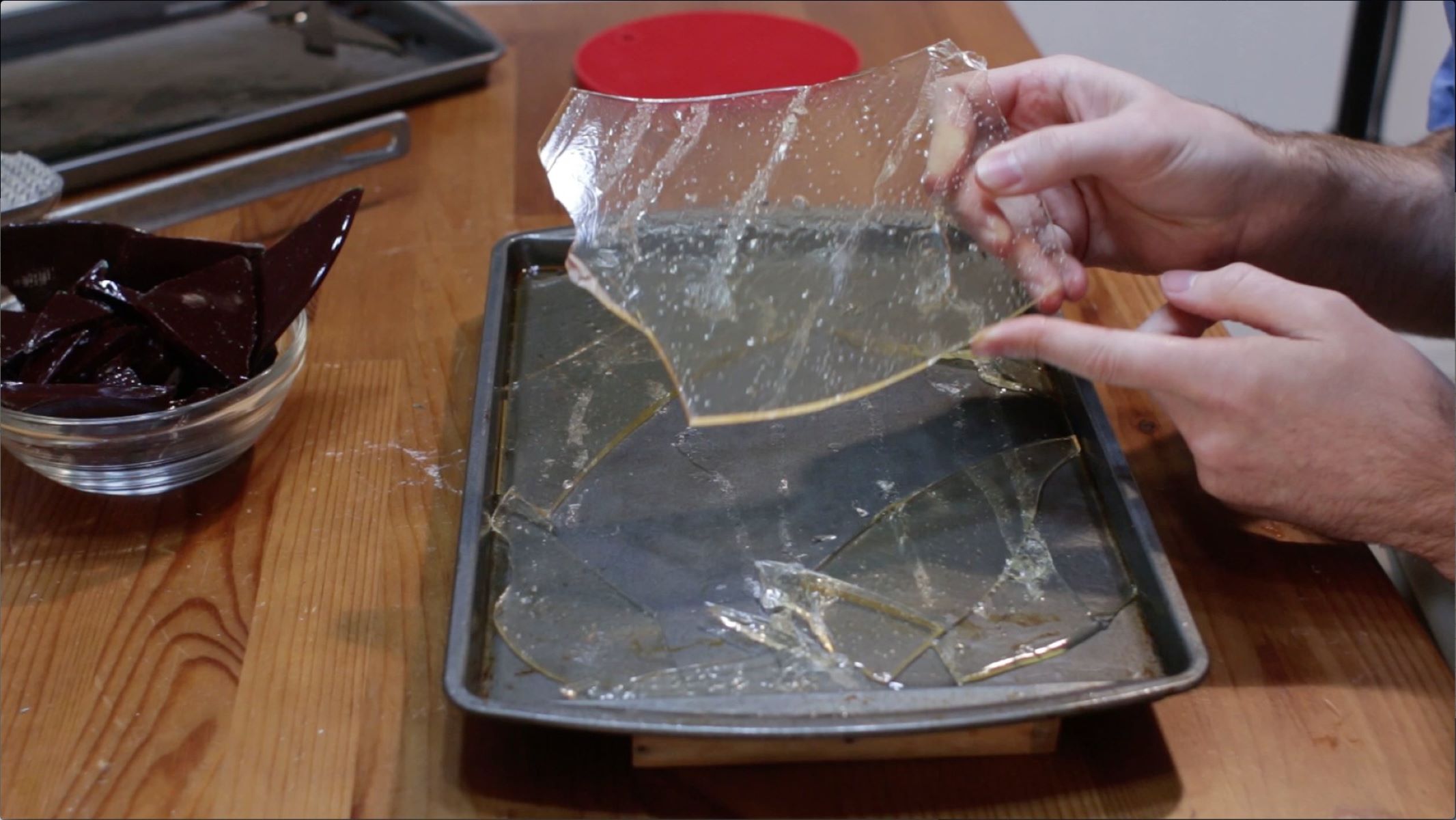
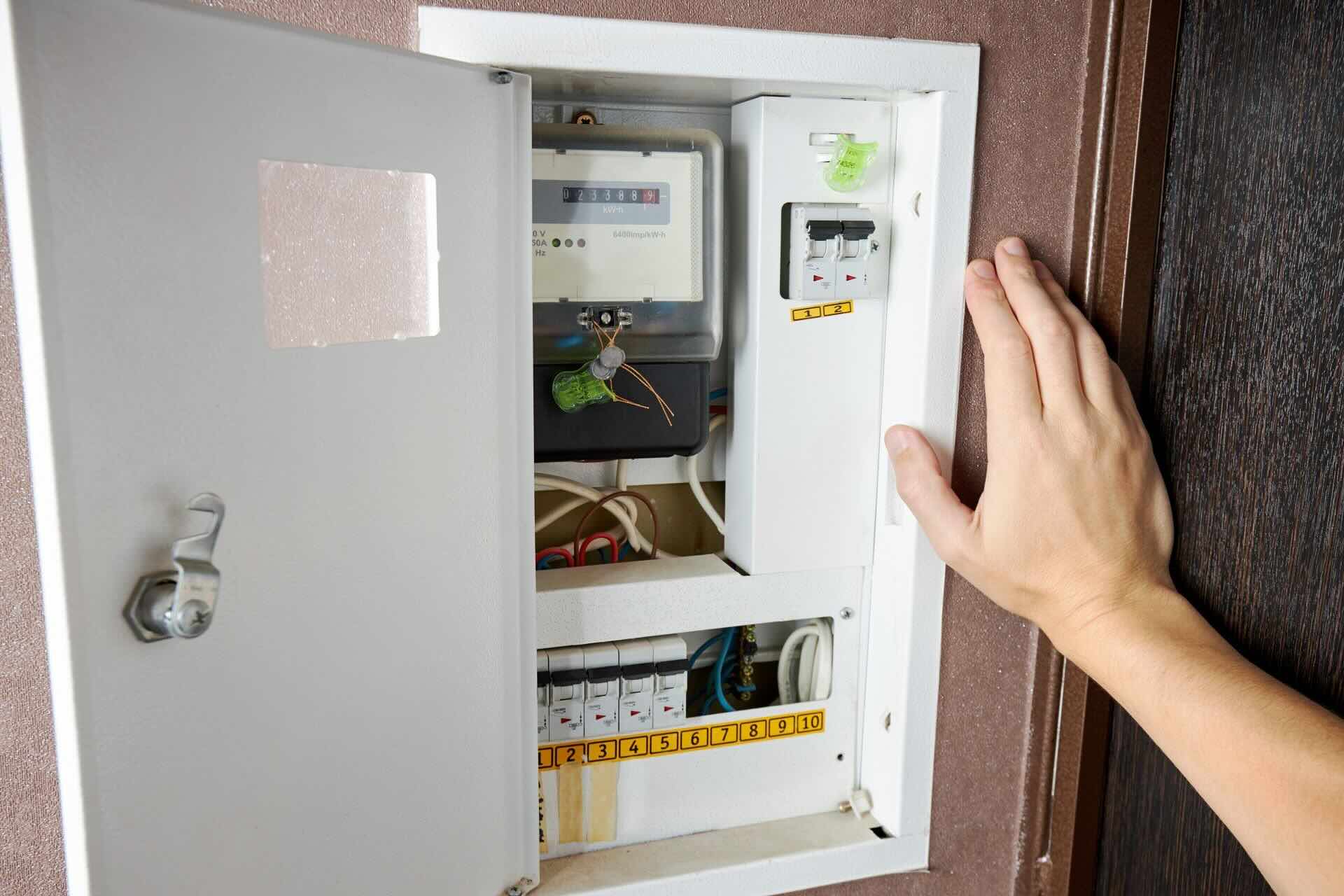
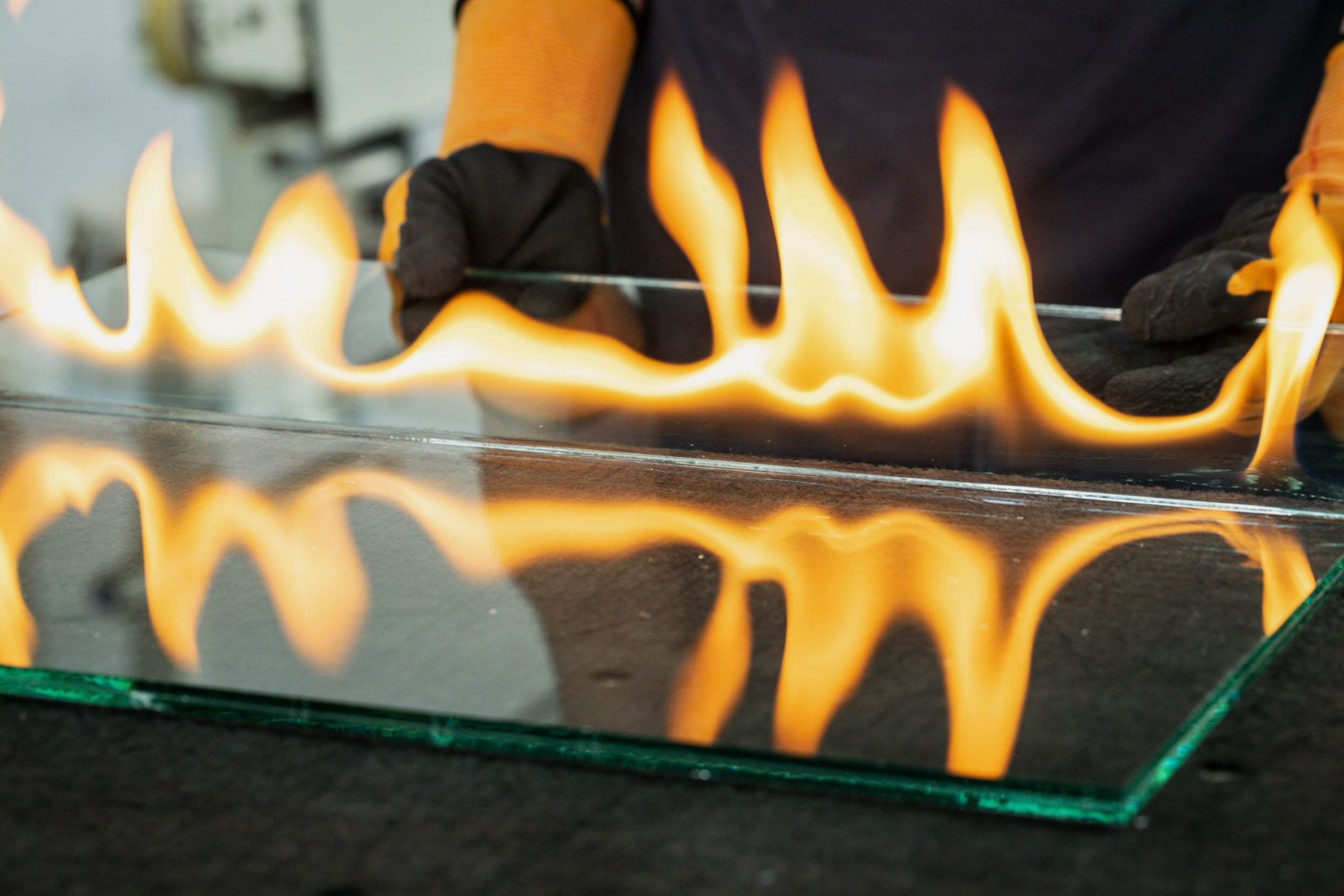
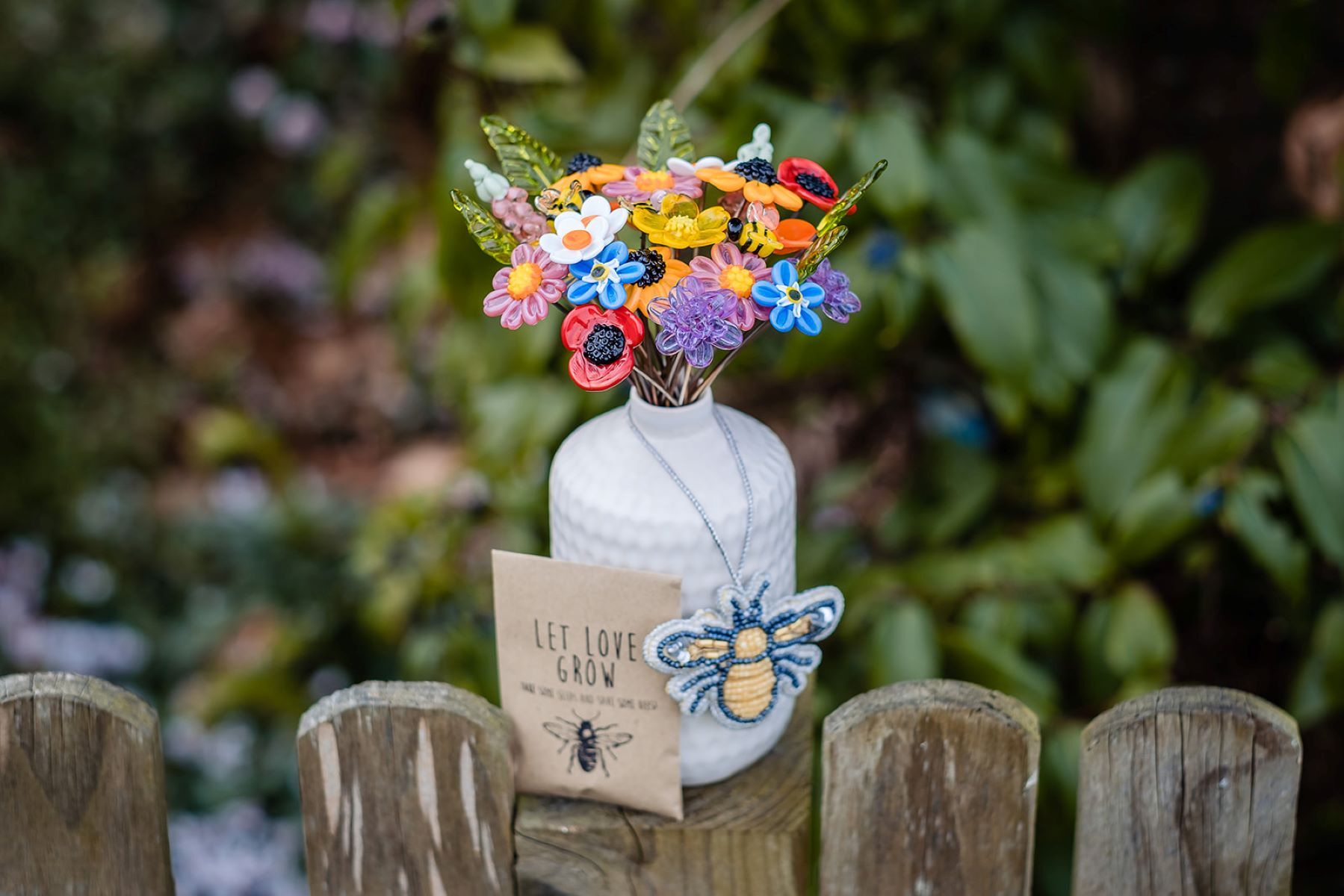
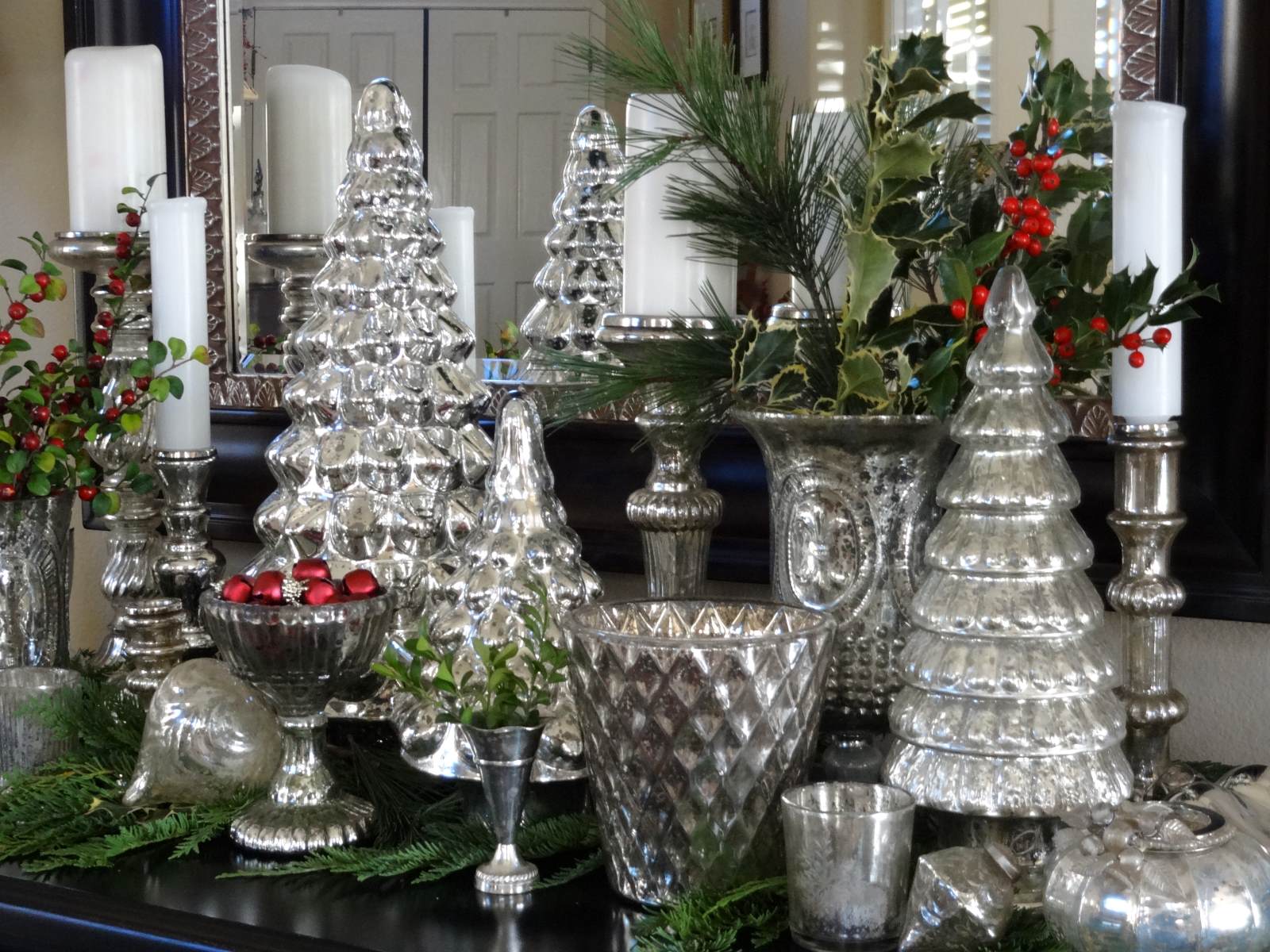
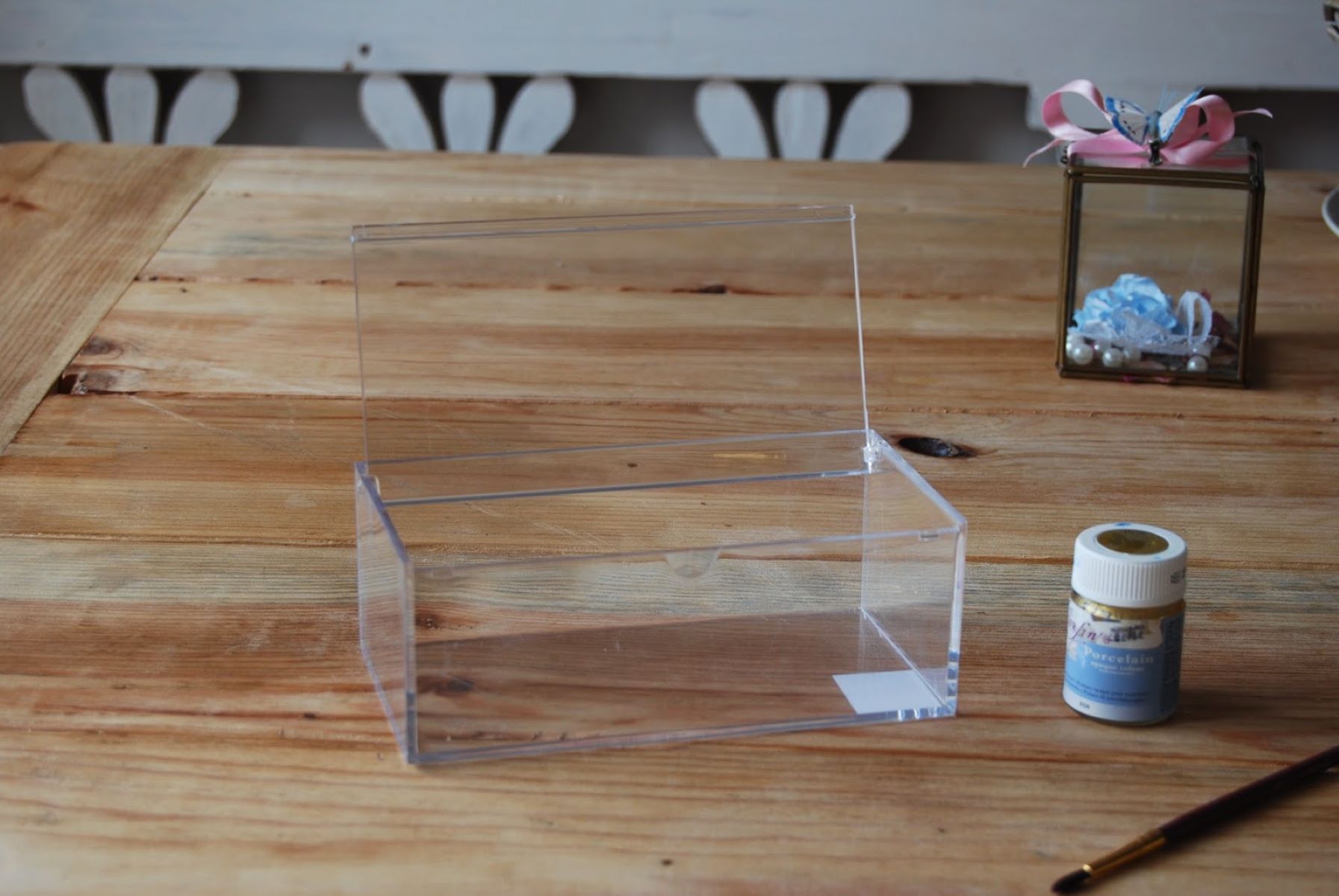
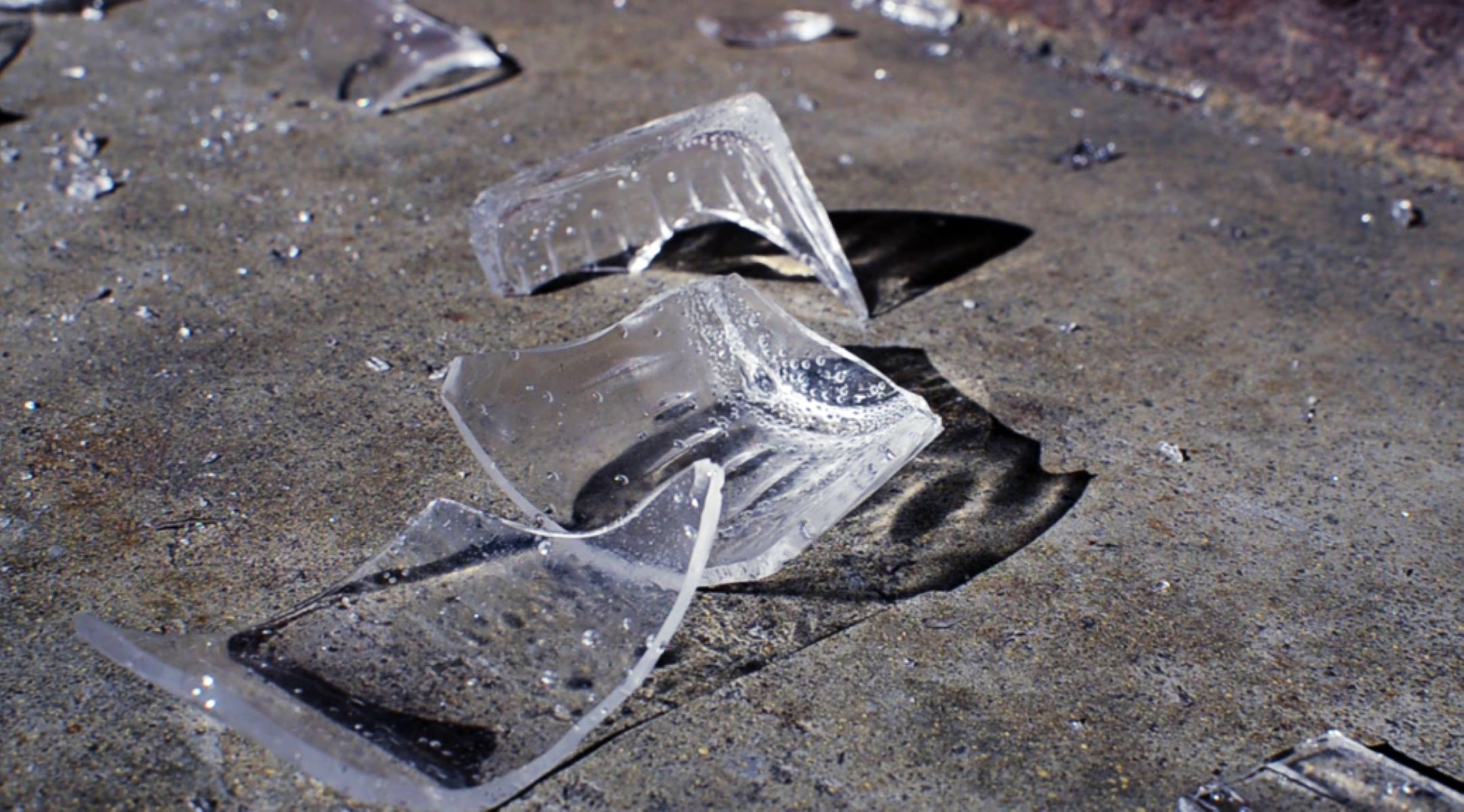

0 thoughts on “How To Make Fused Glass”